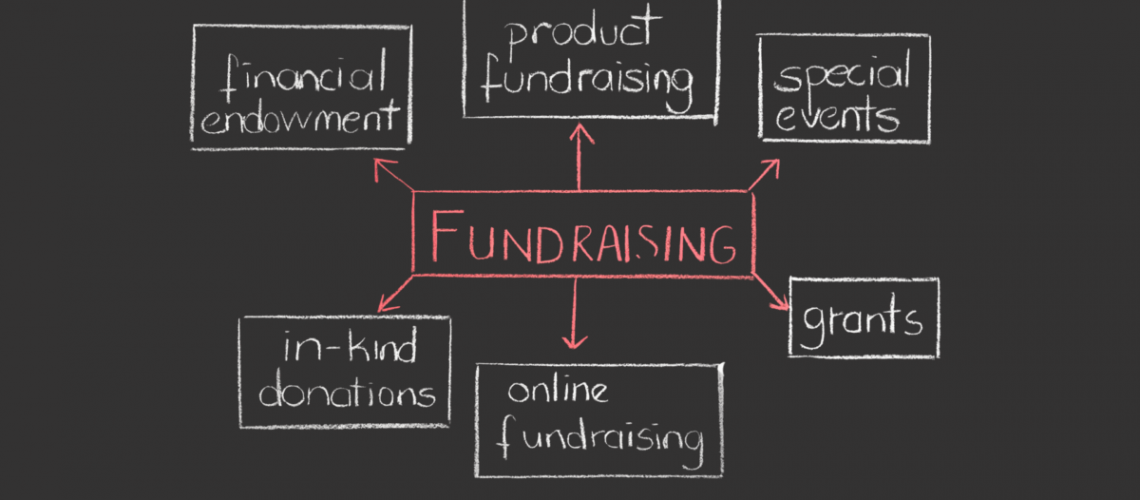Along with changes that will affect business and individuals, the One Big Beautiful Bill Act includes significant legislation that will affect nonprofit organizations. The two primary areas a nonprofit will need to consider are 1) developing new fundraising strategies to capture new tax credits; and 2) update operational changes to adhere to increased regulatory oversight.
OBBBA Tax Law Changes for Nonprofits
- Itemizer 0.5% Floor: Starting in 2026, an itemizer can only deduct the amount of cash contributions that exceeds 0.5% of their AGI. For example, if a taxpayer with an AGI of $500,000, makes a donation of $10,000, the first $2,500 of charitable contributions ($500,000 x 0.5%) would not be deductible.
- Previously: There was no floor – any amount donated could be deducted.
- Impact: Wealthy donors must make bigger donations to receive any benefit at all.
- Itemizer 60% AGI: Those who itemize can deduct cash contributions up to 60% of their AGI in a single tax year. If the cash contribution exceed the 60% limit in one year, they can carry over the excess amount for up to five years. The carryover amount remains subject to the AGI limitations in the future years.
- Previously: The 60% AGI limit was set to decrease to 50%, but the OBBBA makes the 60% limit permanent.
- Impact: Someone giving at this level may be unlikely to be affected by the floor, so since this rule was already in place, the difference will come into play with the next point.
- Itemizer 35% Maximum Deduction: The OBBBA places a new cap on the total value of itemized deductions for taxpayers in the highest tax bracket (37%). Starting in 2026, the total of their deductions – including charitable donations, state and local taxes, and mortgage interest – cannot reduce their tax bill by more than 35%.
- Previously: If an individual in the 37% tax bracket donated $10,000 to charity, they could receive a tax benefit of $3,700 ($10,000 x 37%). Starting in 2026, the tax savings would be capped at $3,500 ($10,000 x 35%), effectively reducing their tax benefit.
- Impact: Wealthy donors will be capped with their tax benefit. Those in the 37% tax bracket have an adjusted gross income (AGI) above $751,600 (married filing jointly) or $626,350 (single), so this new cap could decrease charitable giving from wealthier donors who may have been more inclined to give larger donations when there was more tax benefit for a larger donation. However, they may use the 60% rule above and “stack” donations from year to year, which could mean an income boost in one year and no donation in the next year.
- Reduced Itemizers: The standard deduction is increasing in 2026 to $15,750 for single filers and $31,500 for MFJ, so this will automatically reduce the number of taxpayers who itemize.
- Previously: The current standard deduction of $14,600 for single and $29,200 for MFJ was a temporary increase from the Tax Cuts and Jobs Act of 2017 that is now permanent – and increased – under the OBBBA.
- Impact: Donations could decrease. Although there is a new nonitemizer deduction, which you can read about in the next section, the biggest “bang for your buck” when it comes to charitable donation write-offs is available for those who itemize. Decreasing the amount of itemizers could decrease the amount of donations you will receive.
- Nonitemizer Deduction: On the other hand, the new bill provides a permanent deduction starting in 2026 for all Under this provision, millions of Americans can receive a benefit of up to $1,000 for individuals and $2,000 for those married filing joint, even if they do not itemize on their returns.
- Previously: There hasn’t been a way for nonitemizers to reduce their income through charitable donations.
- Impact: This could increase the amount of donations you will receive. Your donors who generally give less than the cap may be inclined to give more since there is a positive impact. Additionally, those who haven’t donated in the past may decide to contribute.
- 1% Corporate Charitable Deduction Floor: Businesses must now exceed 1% of their taxable income in charitable contributions before receiving any tax benefits.
- Previously: There was no floor – a business could deduct any amount of charitable donation.
- Impact: Small and mid-size businesses may contribute less – or more. Most large businesses can easily meet the 1% floor, but many small and mid-size businesses may contribute less than 1%, so under the new law they will have to give more, or receive no tax benefit for charitable giving.
How do the OBBBA Changes Affect Donations for Individuals
The various caps and new floor limits can leave donors scratching their head trying to determine what they can actually deduct on their tax returns – this is especially true for those who itemize and are in the top tax bracket. Look at a breakdown of a couple with an AGI of $755,000 to see how each works new piece of legislation works and how they work together.
If itemizing, the taxpayer(s) must donate more than 0.5% of their AGI to deduct charitable donations.
A couple with an AGI of $755,000 must donate $37,750 (755,000 x .05 = 37,750) and that initial amount will not be deductible. After the 0.5% floor is met, those itemizing can begin taking charitable donation deductions.
Normally, cash contributions to qualified public charities are deductible up to 60% of AGI. For our example couple who has an AGI of $755,000, the maximum deductible amount is $453,000 (755,000 x .60 = 453,000).
Now, subtract the floor amount of $37,750 and the maximum deductible amount under the regular 60% AGI rule is $415,250.
Starting in 2026, individuals in the top 37% tax bracket face an overall cap: they can’t deduct more than 35% of their AGI for charitable contributions. For our example couple with an AGI of $755,000, they care capped at $264,250 (755,000 x .35 = 264,250).
Again, subtract the .5% floor and those in the top tax bracket are now limited to a deductible charitable donation of $226, 500 (264,250 – 37,750 = 226,500)
The 35% cap overrides the higher 60% limit for top-bracket taxpayers, reducing the upfront deduction and pushing the rest into carryforwards (subject to the same cap in future years).
This taxpayer can deduct the lower of the two limits:
- 60% AGI limit after the Floor is met → $415,250
- 35% cap after the Floor is met → $226,500
Allowed deduction will be limited to $226,500, starting in 2026. Even if the couple donates $453,000 (60% of AGI), they can only deduct $226,500 in 2026 and later.
The excess donation is (in this example, $453,000 – $226,500 = $226,500) isn’t lost. It can be carried forward up to 5 years, but each year the same limits apply (60% AGI rule, but capped at 35% if income is high enough).
Impacts on Fundraising Strategies
It’s clear these changes will require changes to your fundraising strategy starting in 2026. On one hand, you may have to put in more effort to secure larger donations – both from individuals and small-to-medium sized businesses. With high-bracket individuals, they have both a floor and a cap if they itemize, which could alter their personal donation plan. Likewise, small-to-medium sized businesses will have to recalculate whether they need to donate more to meet the 1% floor – or do they donate as usual and simply receive no tax benefit? Your communication with them may need to change to show the intrinsic value or introduce a charity-provided benefit if their tax benefit is decreasing.
However, your pool of donors who will receive a tax benefit is expanding to a capture everyone. Now, anyone who donates even $1 can write that off under the new Nonitemizer Deduction. This introduces a very wide net to cast and you may want to develop a campaign to generate a greater number of smaller donations.
It may be time to look at your donor list and make decisions on who is most negatively impacted and may need to withdraw some or all of their usual donation and make a plan to replace that with smaller but more frequent individual donations.
What to Do NOW
These changes will be effective beginning January 1, 2026, so now is the time to talk to donors and make your plan.
- Contact major donors to make sure they are aware of the 35% cap.
- Have a meeting with your corporate partners about the 1% floor requirement – especially if you work with a lot of small-to-mid sized businesses.
- Put together a campaign for incoming donations from nonitemizers – make sure you are ready for outreach, collection, and receipts.
- Meet with your CPA to adjust budget and funding projections based on these changes.
The OBBBA changes create challenges, but also many opportunities for educating the public and getting involvement from more individuals. If you don’t have the systems in place to prepare for these major changes, it may be time to adopt software and set best practices. Reach out to us to learn how Avizo can help.

Kim Pendley
Kim is a valued member of our CAS and tax teams. If you’re a business owner and your books are a mess – Kim can fix it. She has 25+ years of experience in nonprofit & governmental accounting and financial reporting as well as individual taxation (specifically LLCs or rental property).

